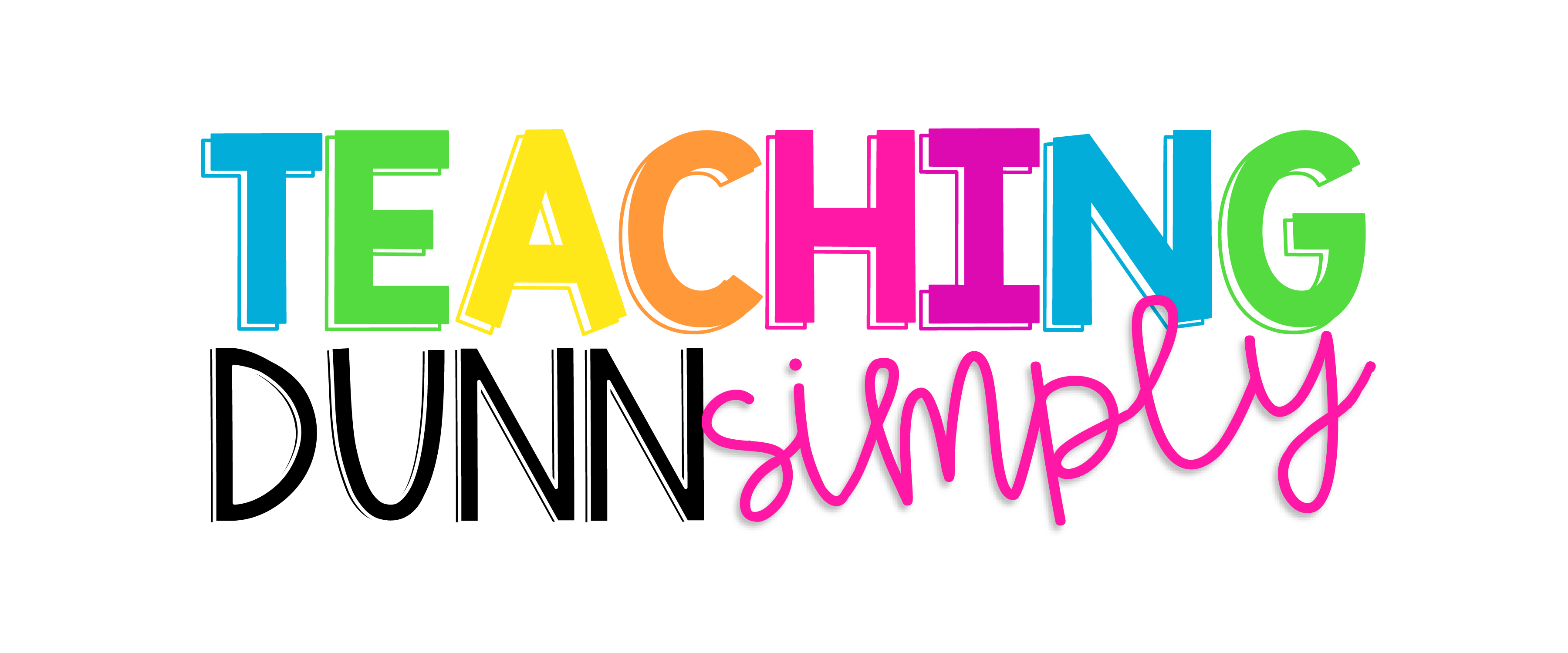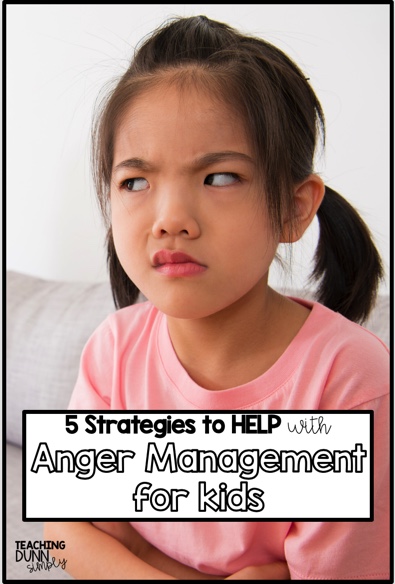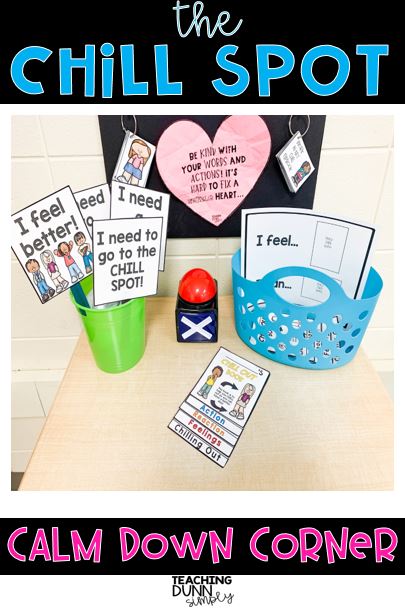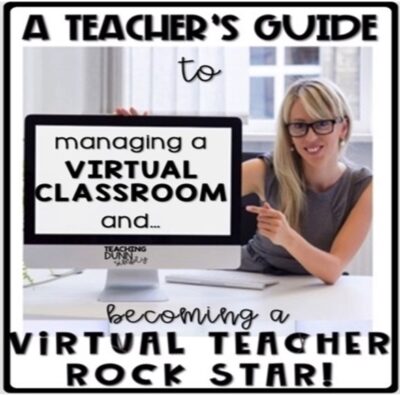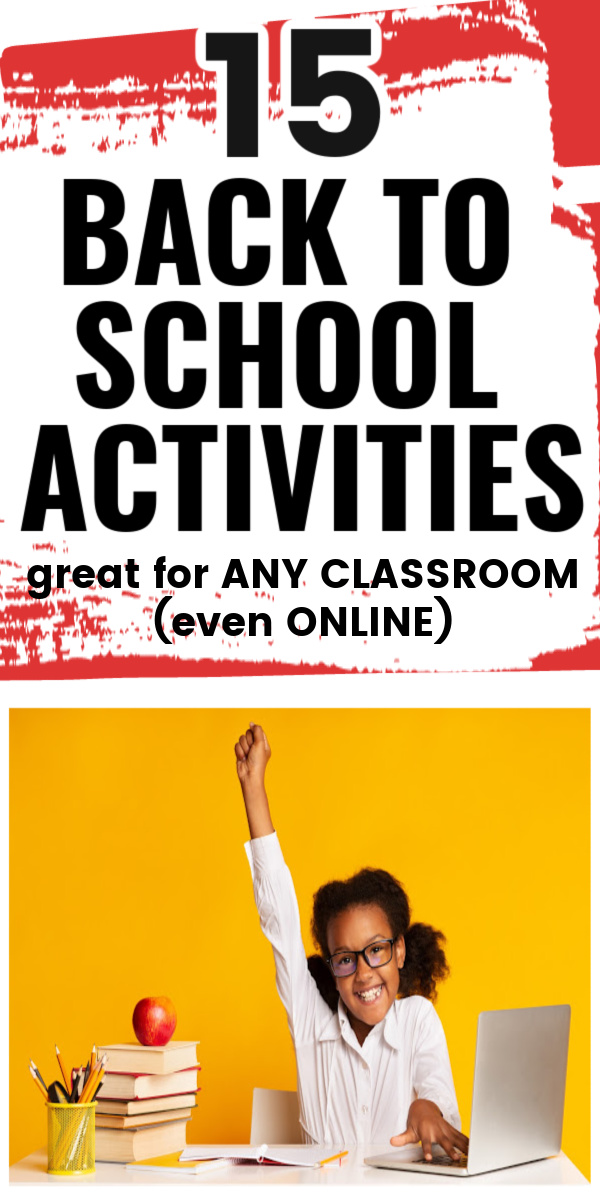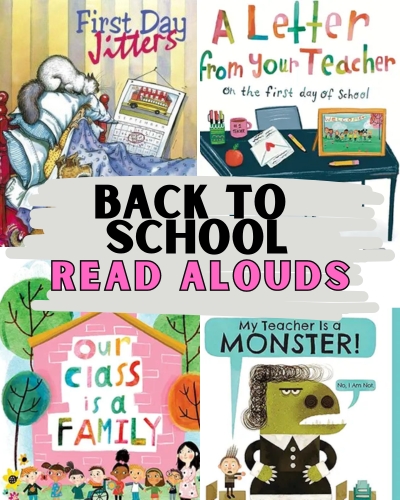- Home
- Classroom Management
- Anger Management For Kids
5 Strategies to HELP with
Anger Management for Kids
Anger Management for kids is essential when working with children as a parent or teacher. Do you have an angry student who you are trying to make meaningful connections with? Making meaningful connections with a student that is struggling to processing anger can make a huge impact.
We teachers have all experienced a student who stares blankly like you are completely crazy. We've seen a student that shows little emotion, is disrespectful, and is mean to other students. And we've had students who were quiet and never said a word, keeping their head laid down during class. Does any of this sound familiar? Hopefully, if you are reading this, you are looking for strategies and methods to help reach the students I just described. Guess what? You could be the one teacher who cared enough to work toward the breakthrough. For that, there is a great possibility you will change this kid’s life.

Everyone needs someone. Oftentimes, the students sitting in our classroom ask for help or seek attention in the most unwanted ways. Stay with me here, let’s change this kid's life! Dive into helping students learn how to process emotions and be helpful with anger management for kids.
Consider This When Dealing with Anger Management for Kids
Think about the student for a minute. What is their home life like? Do they have a support system? If so, who makes up that support system? Do you see a pattern of poor behavior choices? What does that look like? What type of body language do they present?
These are all important questions I would like for you to think about and truly consider when doing anger management for kids . Do not look at this as making excuses for the students. Let’s face it, we all have had hard times and difficult experiences. In fact, most would say they felt some type of benefit from experiencing difficult times. However, oftentimes SOMEONE or SOMETHING helped you through that undesirable experience. Do you see where I going with this? I want you to be that person. Ask the hard questions. Get to know the kid everyone has labeled as “the bad kid.” Give second, third, and even fourth chances if needed. Be this kid's champion.
When a student is angry, what happens? Is there a trigger? How can you PREVENT the triggers of anger? Please consider the answers to these questions when you are trying to connect with students and help with anger management for kids.
Tear Down the Walls of Anger
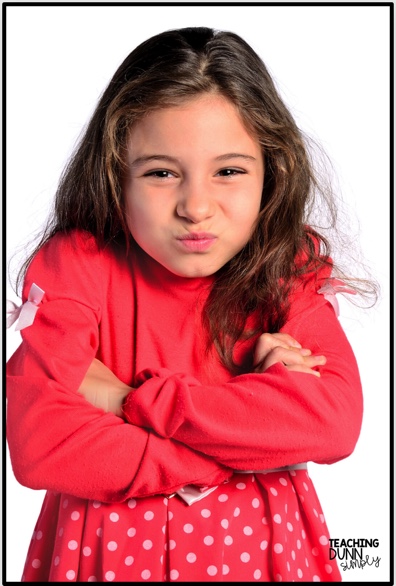
Kids are just like adults. They don’t want to get hurt. They want people to like them. They want to feel loved and cared for. Unfortunately, kids have a much more difficult time getting out of a situation that could make them feel unloved or uncared for. This can cause or turn into anger. Here is where someone outside of the situation or directly related to the situation can make a huge impact. Connect with students. Allow them time and space to discuss whatever they feel is important. It could take time to discover the anger triggers or what the student is reacting to. Work on making connections and establishing a relationship while incorporating anger management for kids activities.
Build Relationships with Students
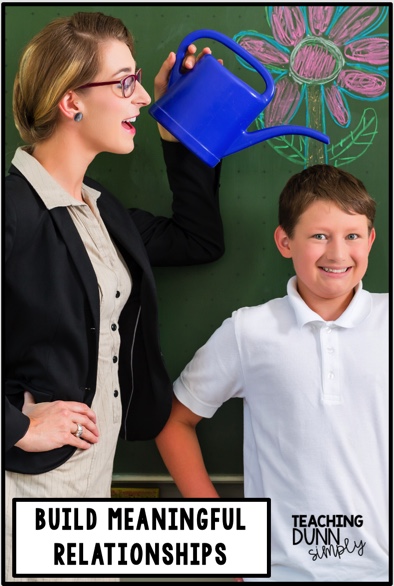
Think about when you were in school. Describe your favorite teacher. I bet you are thinking of that special teacher that went above and beyond, yet he/she didn’t have to. That teacher made time to get to know you and made you feel important. Oftentimes, angry kids are acting out as a cry for help or attention. They do not get attention for making good choices, so they decide to get attention by making poor choices. Sounds familiar? What if the student started getting attention for just being present? Would it help with the student’s attitude? Try it and see. Ask questions and get to know the student. Ask questions about their favorite hobbies, sports, foods, activities, etc. Find something in common and start there when working with anger management with kids.
Activities on Anger Management for Kids
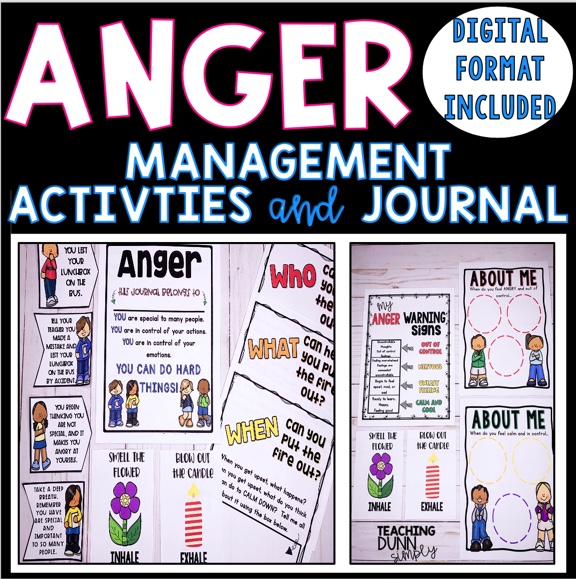
Learn more about this resource here.
Activities on Anger Management will help you equip students to process emotions and calm down when they feel overwhelmed. I created Anger Management Activities that are tailored for children. Included in this bundle is a journal.
Give Responsibility or Specific Tasks to Complete
Consider this, how many times is the “angry kid” chosen to run an errand or be a helper? Let’s change that. Speak with the student about responsibility, and let them know that you think they are the perfect person to begin helping you out without whatever you need. Ask the student how they feel about this and if they are up for the job. I recommend telling the student to think about it and let you know if they would like to help out. The reason for giving the student a “task” is to get them moving and thinking about something else. You'll be providing a task for them to look forward to and help them feel special as well as checking off one of your teaching responsibilities.
Anger Management for Kids
Don't Give Up
Oftentimes, students who are angry do not want to talk. Keep in mind when working with anger management for kids, sometimes students lash out at people who they know care about them. Don’t give up but don’t overdo it. Allow the student time to warm up to the idea that you WANT to help. After the breakthrough happens, you will be able to better tell when to take a step back if needed. Just don’t give up because this will take time and is not an easy process. Be the person who the student trusts and feels secure interacting and speaking with.
Teach How to Process Emotions
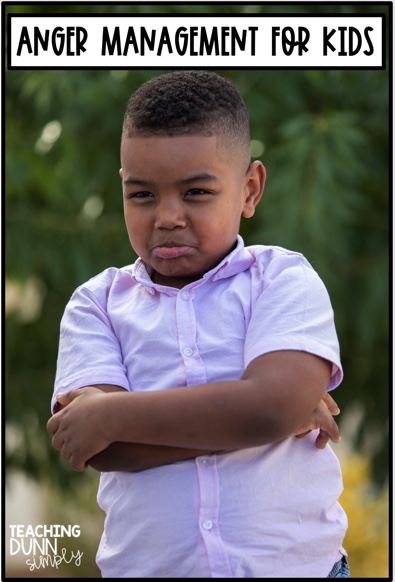
Sounds simple right? Consider this, what if NO ONE has even shown your student what appropriate and inappropriate reactions are? This blew my mind. Think about this… I found out why the student was angry (check). We are working through preventing angry outbursts during class that disrupted everyone (check). But I haven’t spoken about or shown my students how to react when they are overwhelmed or angry. Teach your students how to process emotions. Give examples, act out different scenarios, draw pictures, watch videos. Whatever works best for your class. When kids are stressed or overwhelmed, they often become impulsive. They get into trouble, and the first thing the teachers asked is, “Well, why did you do that?” The student replies, “I don’t know.” And that is an honest answer for them.
The Chill Spot
Calm Down for Classroom
Give students a specific place to calm down. A calm down corner is a great place for students to complete their Anger Journal or Anger Management Activities. The Chill Spot provides a specific location that is comfortable and calming for students.
Anger Management Read-Alouds
Read a book with the student. This will hopefully establish a connection and the student will see they are not alone. Emotions are something that everyone has. Also, this will provide an opportunity to discuss dealing with anger and how to properly handle yourself when you are angry.
I sure hope this information helps you on your journey to help an angry student.
